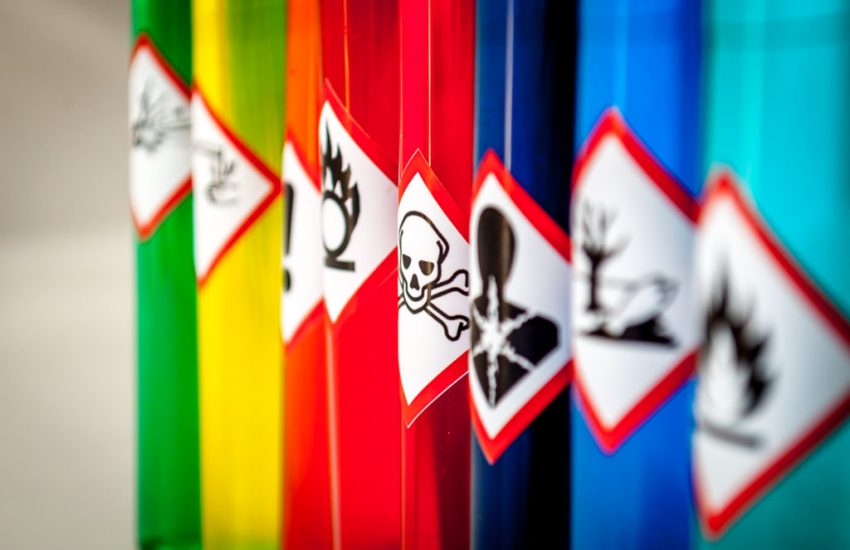On October 25, 2021, the U.S. Environmental Protection Agency released its final human health toxicity assessment for hexafluoropropylene oxide (HFPO) dimer acid and its ammonium salt (referred to as “GenX chemicals”). HFPO dimer acid and its ammonium salt are the major chemicals associated with the processing aid technology developed by DuPont with the trade name GenX. GenX chemicals are part of the PFAS class, which replaced perfluorooctanoic acid (PFOA) and perfluorooctane sulfonic acid (PFOS) that are no longer used in the United States. However, the …
Continue Reading









